This week, a new sargassum barrier was completed in Tulum’s National Park. In total, the barrier reaches 2.4km across the beaches of the park at the request of the Secretary of the Navy. The barriers have taken over a month to complete in total, as initial construction occurred in August.
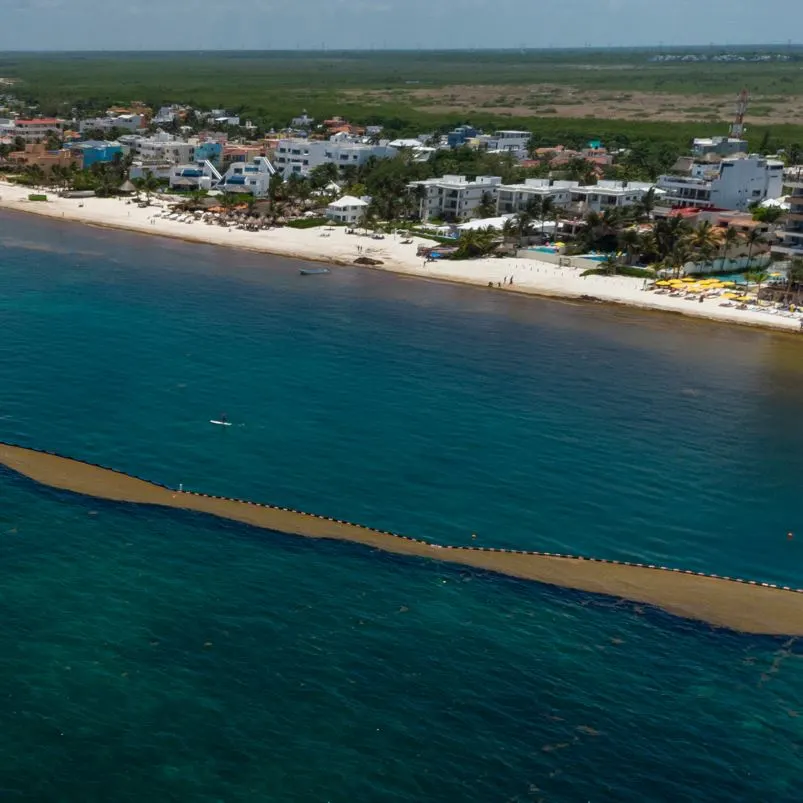
Sargassum is the name given to the brown, leafy seaweed found on beaches worldwide. Whilst it is important for the ocean’s ecosystem, it can be a nuisance when you’re trying to relax on a beach whilst on vacation in the Mexican Caribbean.
When the seaweed washes ashore and begins to decompose, it releases a foul odor and has an unsightly appearance. This often deters swimmers and sunbathers from visiting shorelines during peak sargassum season, even if they are as beautiful as the ones in the state of Quintana Roo.
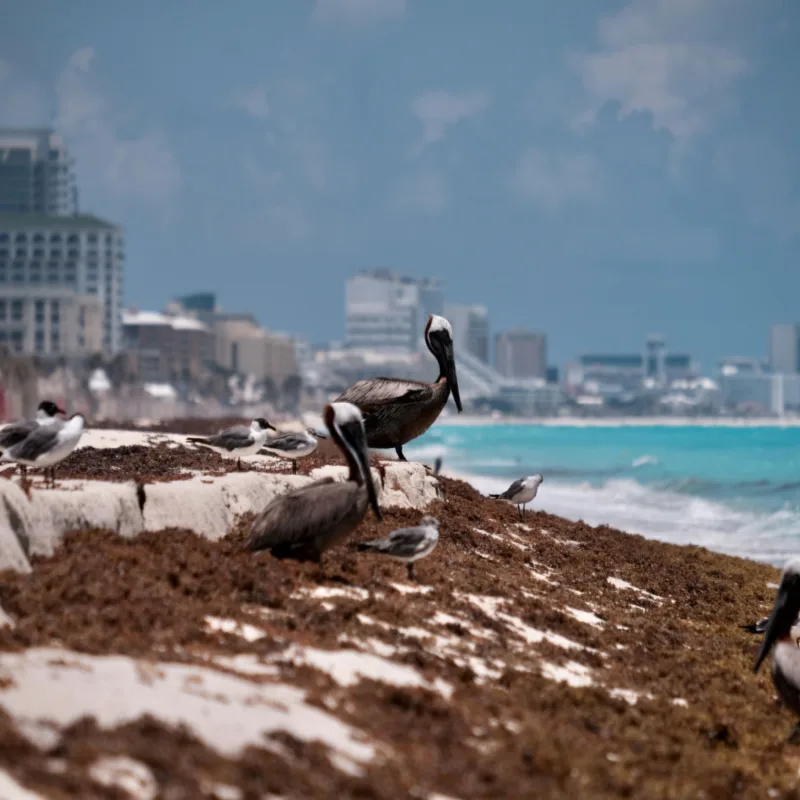
The head of the Directorate of the Federal Maritime Terrestrial Zone, Meliton Perez, explained that the cleaning and collection of sargassum seaweed had been in effect since the start of the summer vacation period. However, stronger action needed to be taken against the invasive seaweed, hence the placement of the sargassum barriers.
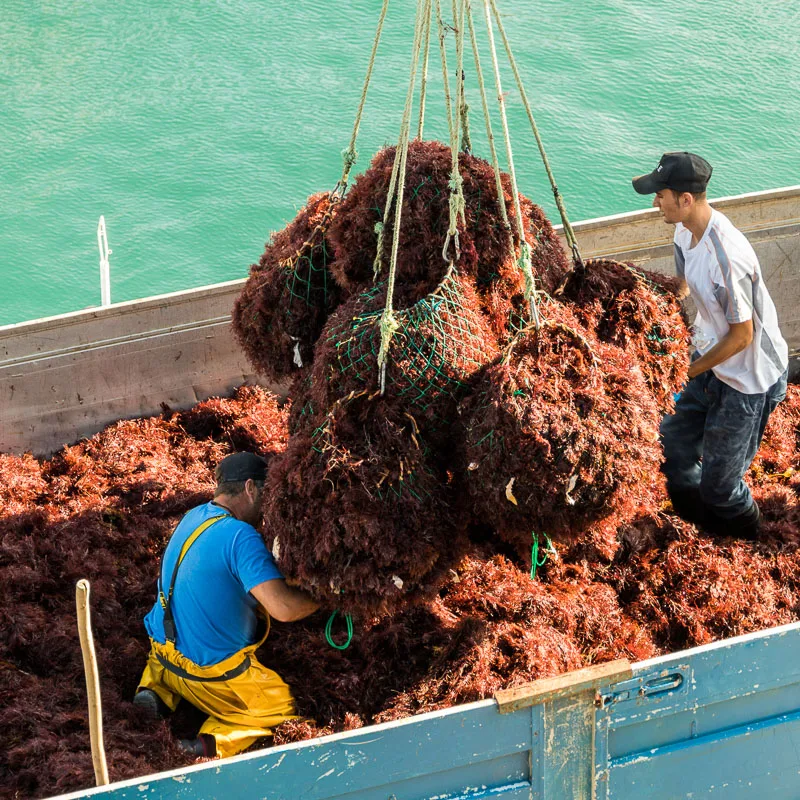
Barriers are an excellent addition to other preventative measures. As sargassum naturally floats on the surface of the sea, the barriers work to capture the unsightly seaweed before it has the opportunity to wash ashore. This makes it easier for sargassum boats to collect the seaweed and dispose of it in areas away from tourist activity.
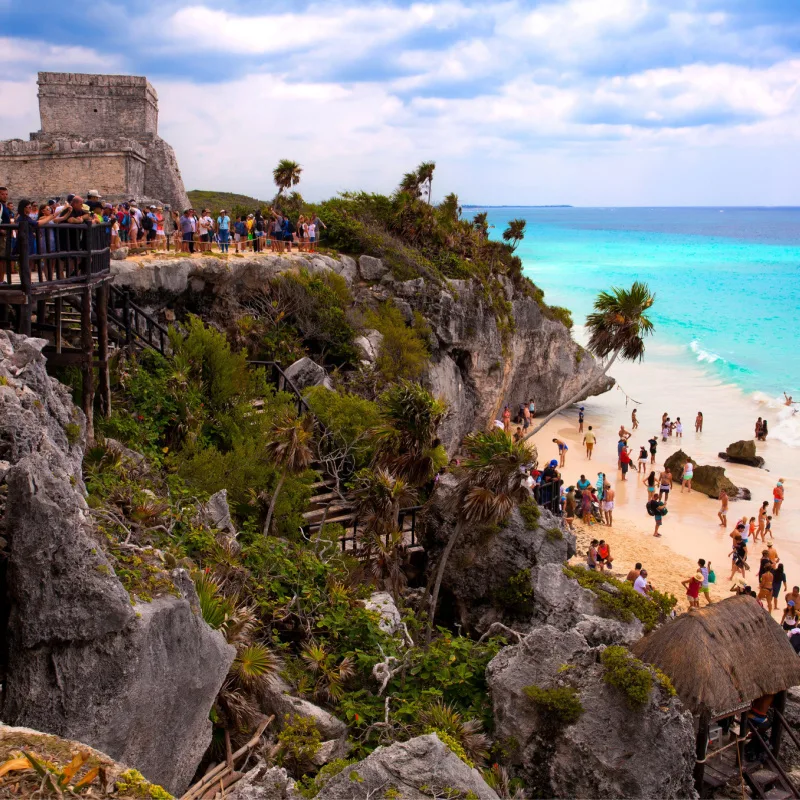
The news of the sargassum barrier could not come at a better time, especially as Tulum’s National Park is one of the most popular places for tourists to visit. The park is clearly popular for a reason, featuring everything from Mayan ruins and dense vegetation to stunning panoramic views of the Mexican-Caribbean coastline.
The park is also just a 2-hour journey from Cancun’s Hotel Zone, making it a popular day trip for most vacationers who visit the region. During peak sargassum levels in the summer, the National Park had lower levels of the invasive sea plant, causing tourists to abandon the sargassum-filled beaches of Cancun and Playa del Carmen.
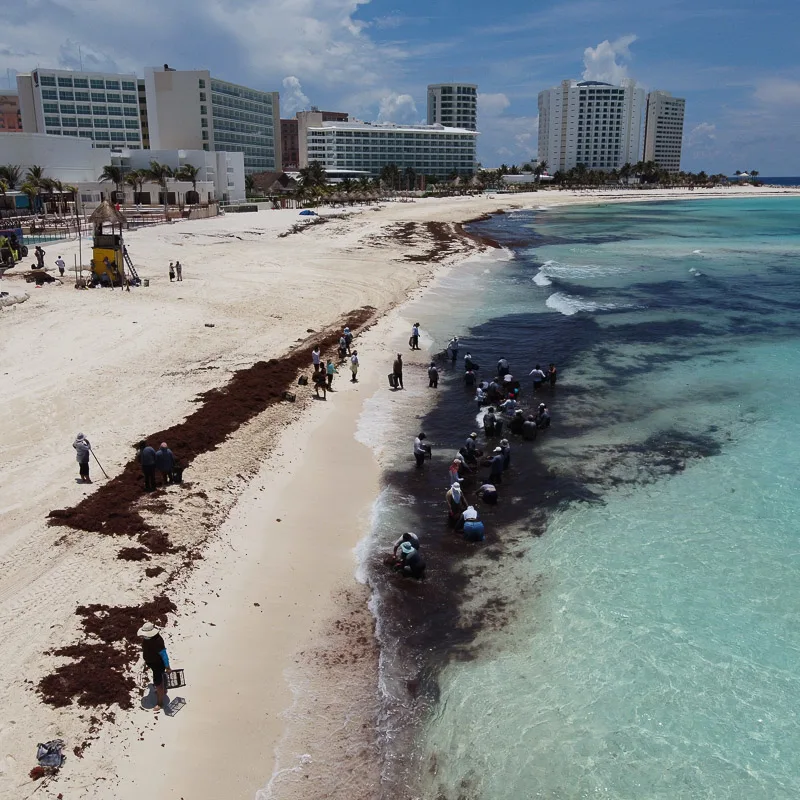
With the park generating a vast amount of Tourism for the state of Quintana Roo, it makes sense that the government wants to minimize the amount of sargassum present on its shorelines.
Tulum’s local government is delighted at the completion of the sargassum barrier: initially, the completion of the measure was set to occur in March, but the Secretary of the Navy (SEMAR) delayed the project. Tourism experts believed this was due to a lack of budget, but SEMAR is yet to respond to the public about why they decided to delay the project.
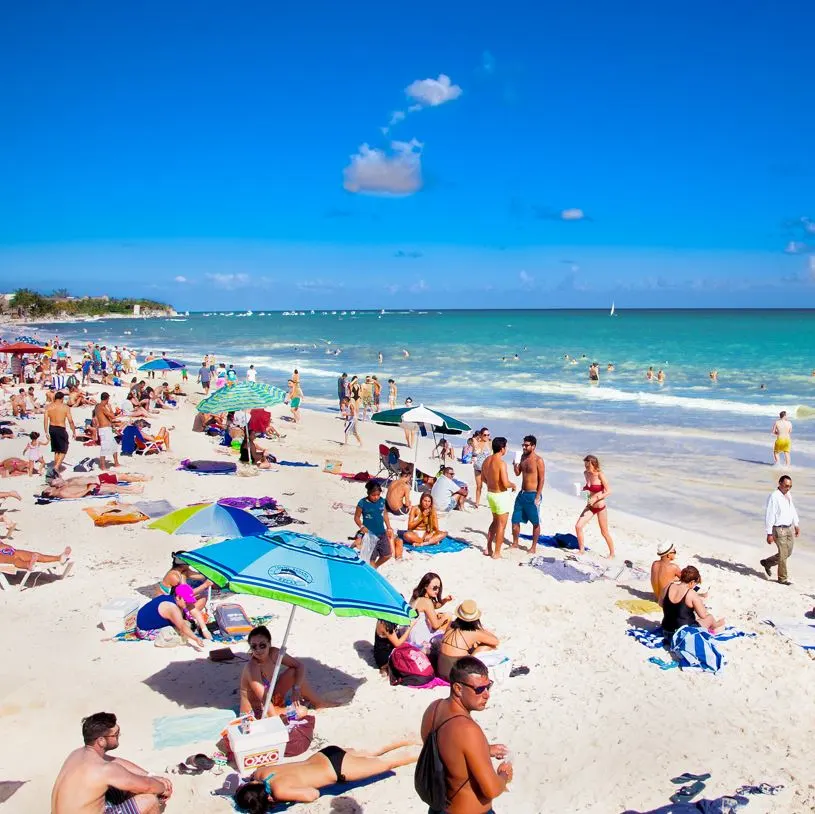
This is not the only sargassum barrier to be completed in Tulum in recent months. In early August, 600 meters of sargassum barriers were installed along Tulum’s coastline to prevent the invasive brown seaweed from ruining the end of the summer period. The barrier was also constructed at this time as a preventative measure for next summer.
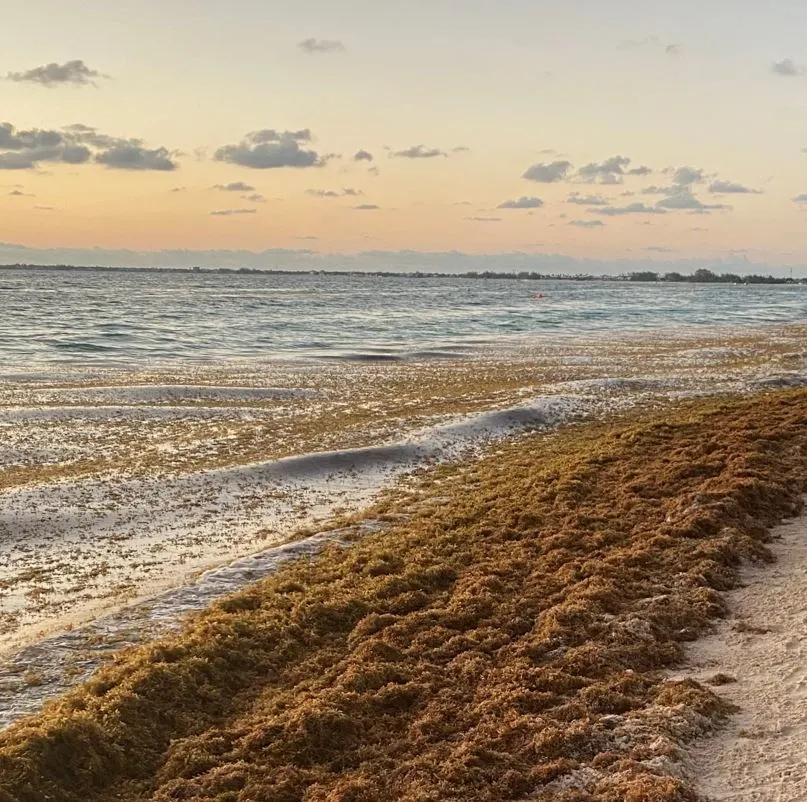
Tulum’s City Council has also begun the process of creating a new facility to process sargassum collected from the barrier. Esteban Amaro Mauricio, the director of the State Sargassum Monitoring Network, announced that sargassum runoff could last until November, as a high volume has been found in the Atlantic Ocean this year. Therefore, the new barriers in Tulum’s National Park will help to put tourists at ease and will hopefully lessen the spread of the nuisance-causing plant in the future.
Plan Your Next Cancun Vacation:
Traveler Alert: Don’t Forget Travel Insurance For Your Next Trip!
Choose From Thousands of Cancun and Riviera Maya Hotels, Resorts and Hostels with Free Cancellation On Most Properties
↓ Join the community ↓
The Cancun Sun Community FB group has all the latest travel news, conversations and tourism Q&A’s for the Mexican Caribbean

Subscribe to our Latest Posts
Enter your email address to subscribe to The Cancun Sun’s latest breaking news affecting travelers, straight to your inbox.
